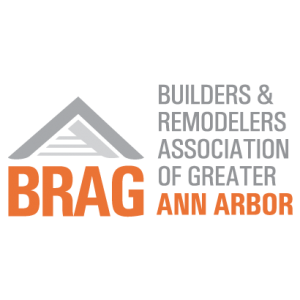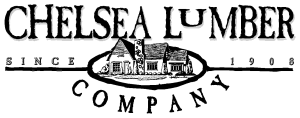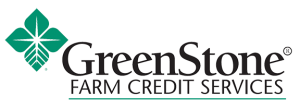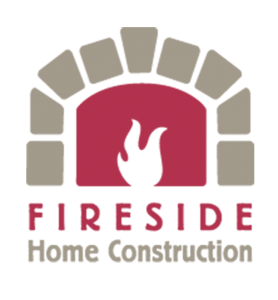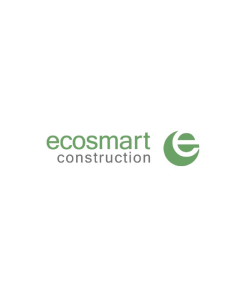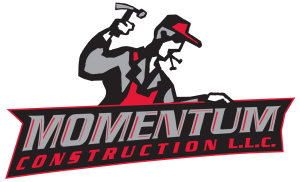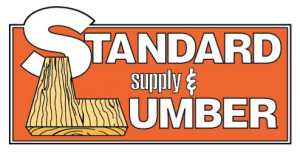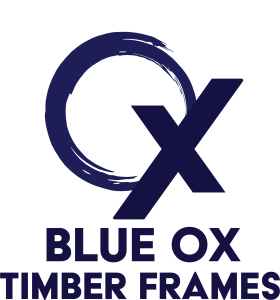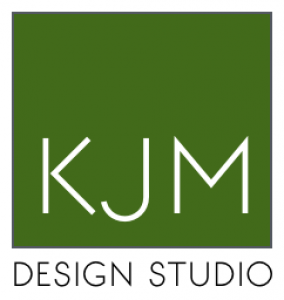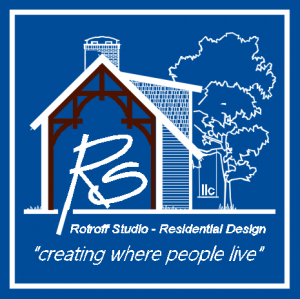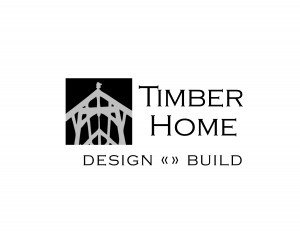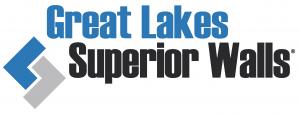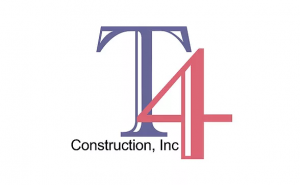Does a System Built, Pre-Fabricated Kit Home Improve Quality? Part 2
By Stewart Elliott, Co-Founder Right Home Company
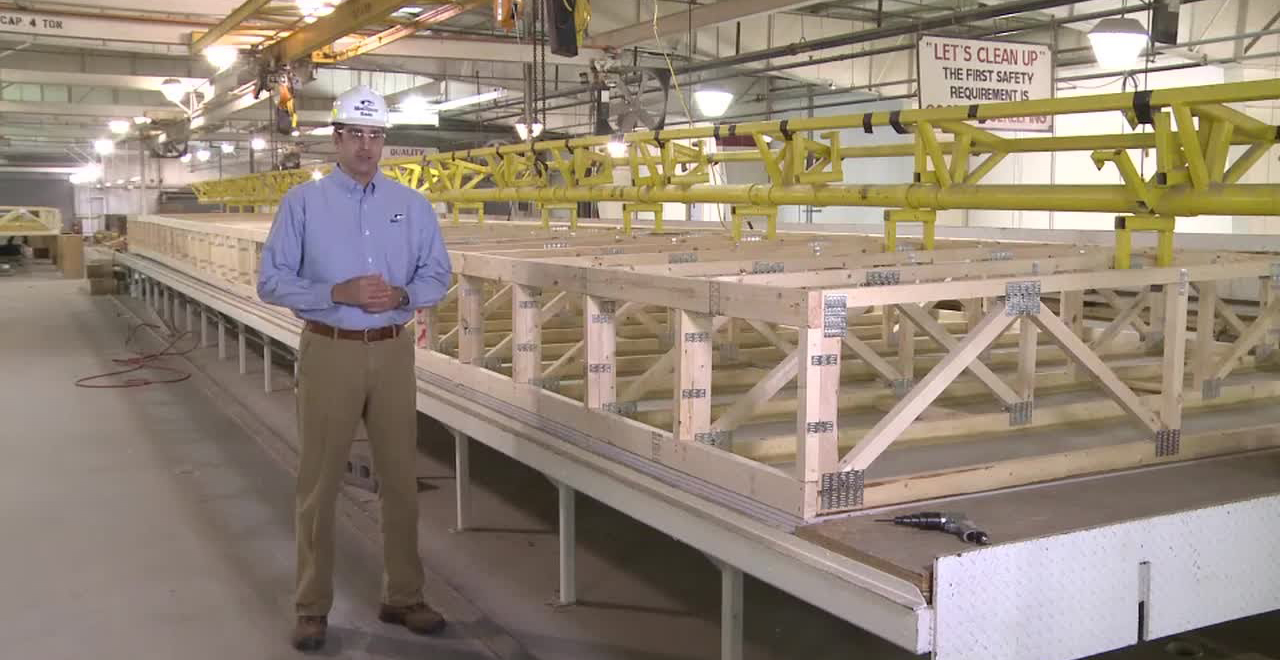
To improve the quality of a normal conventionally built home requires improving many parts and pieces. In home construction, a WAG at the total ‘parts’ of a home is some 10,000 pieces for a 1,500 sf, 3 BR, 2-1/2 bath home. What this says is that if we are to improve the standards of a home, we need to improve and manage lots of parts.
And if we are to improve lots of parts, performing this task in a factory is much more convenient and manageable than outside on an unpredictable job site. For example, if we look at framing lumber in general, we will find a wide range of qualities (standards) at the sawmill.
An 1800 sf home has ~ 25,000 bf framing lumber (2 x 4’s, 2 x 8’s, 10’s, 12’s, etc.) and 6,500 sf of plywood and OSB.

Today’s commercial 2nd and 3rd growth forests are providing smaller faster-growing trees resulting in lower quality logs. There are alternatives to this lower quality lumber; we could require mills to use logs from properly managed forests, mill the logs for quality (e.g. quarter sawn) not for quantity (mill run), KD the stock to a consistent specific 19% MC, properly grade materials, use proper grades, properly ship and store/inventory materials, thoroughly train workers from forest to job site – this will add substantially to the cost of ‘common’ framing materials.
Then the lumber is delivered to the lumber yard and fabricator or job site. Lumber is generally stored outside exposed to the weather which affects it in many ways. Then it is delivered to the job site or the fabricator by pickers and drivers who do not necessarily have the proper training to ‘choose’ the right materials as ordered by the customer. What happens when a piece of lumber is unacceptable?
There are several solutions to unacceptable 2x6 or 2x10 framing materials. On-site carpentry would force the builder to either use the unacceptable material which degrades your home or return it causing loss of time and additional expense.
Use existing ‘common framing’ materials more wisely and efficiently which includes pre-fabricating the stud wall or trusses in a controlled situation improving the product. Repurpose the unacceptable crooked pieces by cutting them into shorter, straighter pieces, to be used in other parts of a prefabricated component; e.g. a strut in a truss, jacks, and shorter headers. This simple process has just accomplished a long list of improvements including;
- The worker has ready access to information and industry standards usually unavailable on a job site.
- No-one had to waste time and cost to ‘run to the lumber yard’ for replacement materials.
- The assembly of the component by the worker is aided by larger stationary automated equipment improving the accuracy of the components.
- The rejected material has been re-purposed making better and more efficient use of materials.
- All of this happened inside the controlled environment of a factory, a plant, or a shop.
- The worker is more efficient, safer, and has a more ‘predictable’ job with benefits.
- The assembly meets higher consistent standards, is more predictable, and easily shipped and more efficiently installed on site.
This process is another example of how pre-fabricated products have improved quality.

